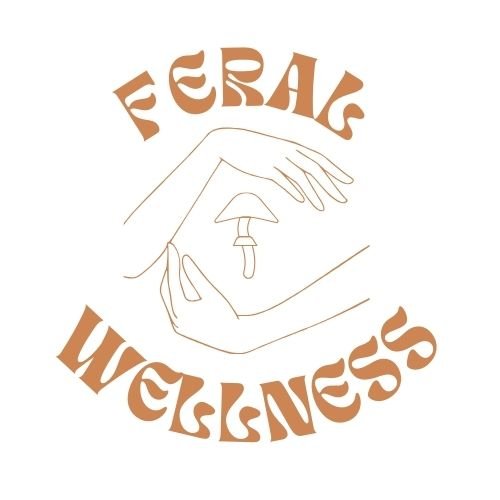About my approach-
I operate from the belief that mind, body, and emotions are all intrinsically linked, and as one part of you shifts the others tend to follow suit. If you aspire to change the patterns of thought that have become deeply ingrained, it can be profoundly helpful to work through the body. Bodywork in combination with somatic awareness and mindfulness practices can help shift you out of deeply rooted ways of being that were developed for good reason, but no longer serve a purpose. Sometimes these neural & somatic pathways are formed in childhood, through repetition, or as a result of trauma. I aim to bring awareness to patterns of tension in your body and mind, and then create space for new ways of being and thinking. Somatic Sound Therapy involves not just addressing past wounds but also cultivating a positive and resilient mindset for the future. My trauma informed theoretical framework is influenced by Somatic IFS, Traditional Chinese Medicine, Yoga, and other philosophies of whole-body wellness.
“In order to change, people need to become aware of their sensations and the way that their bodies interact with the world around them. Physical self-awareness is the first step in releasing the tyranny of the past.”
― Bessel A. van der Kolk,
tools
tuning forks
Tuning forks benefit the mental, emotional, and physical body. I use them similarly to how an acupuncturist would use needles, using vibration to stimulate specific points. Sound vibrations also causes the cells of the body to produce nitric oxide which enlarges blood vessels and in turn, increases blood flow. Tuning fork therapy has been found to lower your heart rate, reduce inflammation, and reduce pain. This modality affects your mental state through binaural beats which entrain your brain with Alpha and Theta Waves . Alpha Brainwave Entrainment leads to a relaxed and present mind, while Theta waves is linked to a dreamlike state where your subconscious is more easily accessed. Tuning forks also hold potential though relationship to the vagus nerve. The sound vibrations stimulate the vestibulocochlear nerve in the ear which is connected to the vagus nerve, the major parasympathetic nerve in the body. This nerve regulates your rest and digestion, controls your blood glucose levels, and the release of hormones. When your nervous system is in a parasympathetic state, you’re better resourced to address whatever physical, mental, or emotional change you’re working towards.
bodywork
Bodywork addresses multiple systems of the body including muscular, connective, nervous, circulatory, visceral, and lymphatic. The benefits of massage have been well studied and documented, and include stress reduction, relief from pain and muscle tightness, relaxation, increased immune function, accelerates healing of injuries, and can help with insomnia or fatigue. Plus it just feels good. Most sessions focus on muscular tension and myofascial release, either hands on or via cupping.
microdosing
Microdosing involves taking small, sub-perceptual doses of adaptogens and neurotrophic substances like ashwagandha, lion's mane, and psilocybin to enhance neuroplasticity and emotional well-being. Many people report improved mood, focus, creativity, and emotional resilience. Microdosing has also anecdotally been said to reduce anxiety, alleviate depression, and foster deeper self-awareness by gently shifting perception. This practice may support emotional healing and cognitive flexibility, making it particularly beneficial for those looking to enhance mindfulness, process trauma, or boost their overall sense of well-being.
aromatherapy
We primarily use aromatherapy as a tool for intentional breathing and presence. Essential oils also have documented benefits around relieving headaches, helping regulate sleep, lowering stress, and aiding digestion.
guided meditation, visualization, and breath work
These practices are utilized throughout the session, but primarily in the beginning and end to open and close the session. Breath work and guided meditation will help quiet your mind while you consciously alter the breath and become aware of sensation in the body. Through this work you will gain practice with mindfulness tools that you can use daily.






